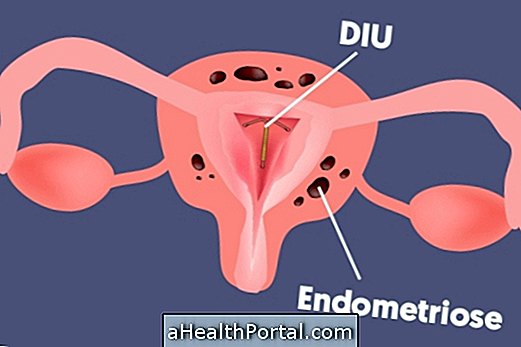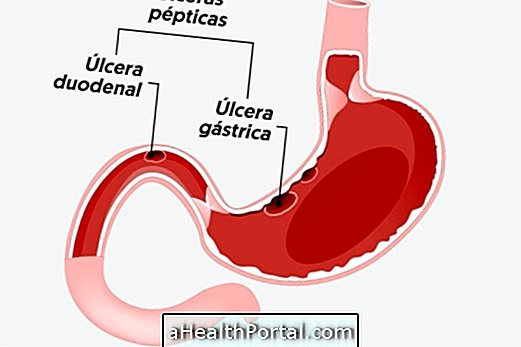The Mirena IUD, also known by its generic name LNG-20, is a plastic, T-shaped device that contains levonorgestrel, a hormone similar to progesterone, that helps prevent the development of the endometrium, which is the type of tissue which grows in excess in women with endometriosis.
Thus, the Mirena IUD may be indicated for the treatment of endometriosis, especially to relieve symptoms such as severe cramps, bleeding and excessive tiredness. See in what other situations the Mirena IUD is used and ask all questions about this device.

1. How does it work?
The LNG-20 IUD, popularly known as Mirena, releases small amounts of progesterone into the uterus, which prevents ovarian function, causing a regression of endometrial tissue and even prevents up to 70% of endometriosis surgeries.
Unlike copper IUDs used in the past, this does not lead to high blood loss and therefore does not contribute to iron deficiency anemia and can be used for up to 5 consecutive years and, in addition, since it is well placed it is 99% effective in prevention of pregnancy from the first day of use.
2. What women can use the IUD?
The IUD can usually be used by any woman who does not wish to become pregnant, however, as its prolonged use may have some effects such as severe cramps and bleeding in the first 6 months, it is usually reserved for women in whom treatment with oral contraceptives was not effective .
3. Does the IUD replace the need for surgery?
This IUD can be effective in avoiding surgery, but it can also be used as a form of treatment maintenance after surgery to remove endometrial tissue that is spread throughout the reproductive system.
4. What are the possible side effects?
Although the use of the IUD can relieve the symptoms of endometriosis, it can also cause other side effects, especially in the first 6 months. These effects include:
- Pimples on the face;
- Decreased libido;
- Headache;
- Abdominal or back pain;
- Nausea;
- Weight gain;
- Irregular bleeding.
If any of these symptoms occur, it is important to tell the gynecologist to see if it is necessary to remove the device and start treatment with other options. See all the options available for the treatment of endometriosis.
5. When should it not be used?
The Mirena IUD is not indicated for women with a large endometriosis in the ovaries, in these cases, it is more appropriate surgery to remove excess endometrial tissue. It is also not indicated when the woman has some disease that prevents the use of hormones.



















.php)

